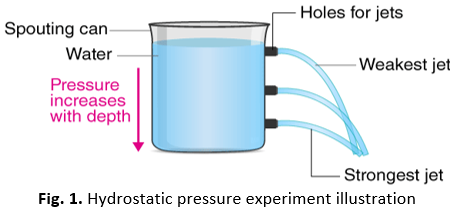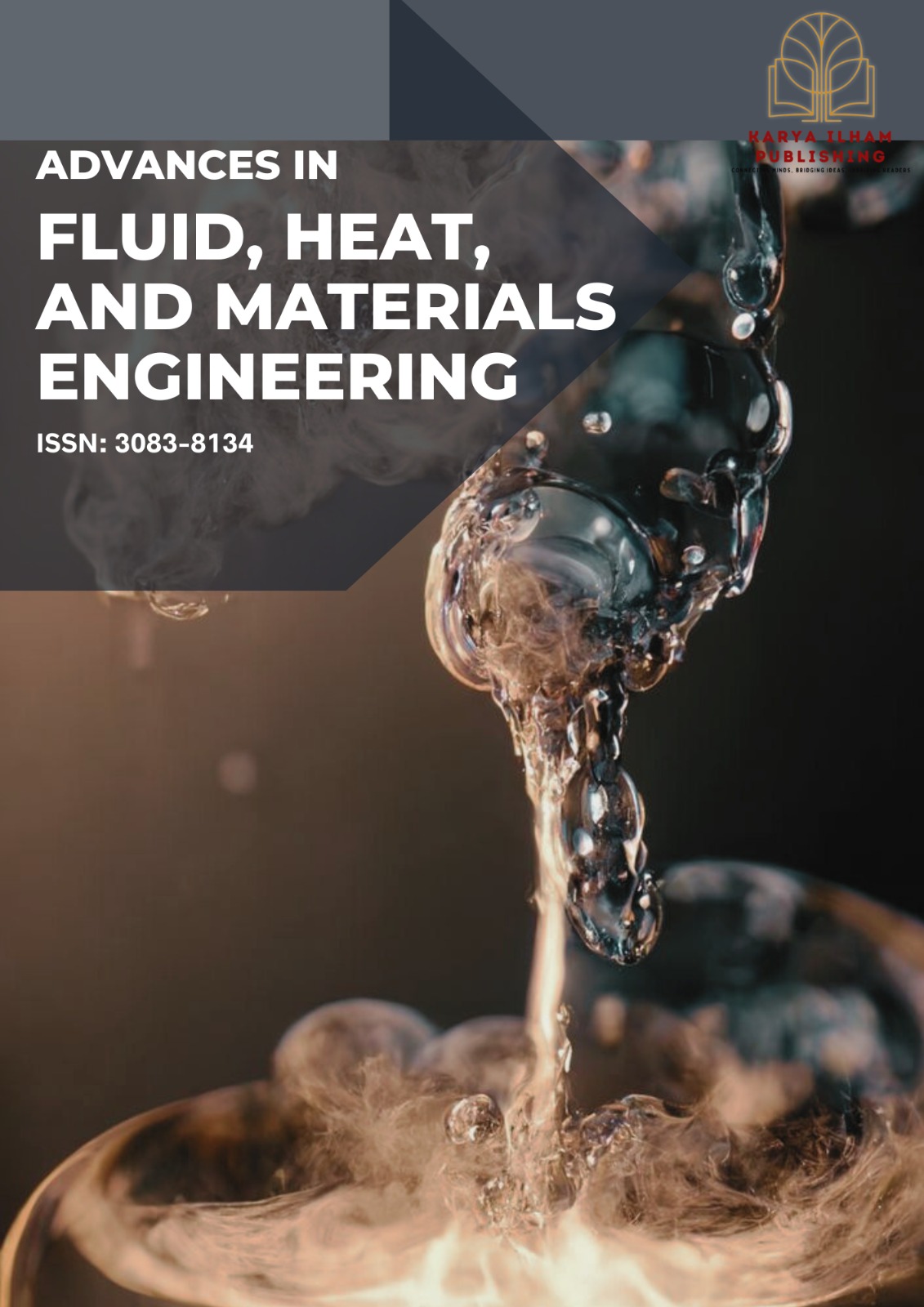Pressure Measurement of Water Bottle with Different Heights
DOI:
https://doi.org/10.37934/afhme.5.1.2736aKeywords:
Fluid mechanics, hydrostatic pressure, Torricelli’s Law , water jets, different depths of water experiment, water jets from a bottleAbstract
The relationship between pressure and depth in a fluid column, as described by hydrostatic principles, is fundamental to fluid mechanics. This study aimed to investigate the effect of pressure at various depths on water jet behaviour, addressing the problem of visualizing and quantifying the dependence of pressure on fluid column depth. An experimental setup was constructed using affordable and safe materials, including a transparent plastic bottle, a water reservoir, and a ruler. Equidistant holes of uniform size were created along the vertical side of the bottle, which was filled with water to a marked level above the highest hole. The height of each hole relative to the water surface was measured, and the horizontal distance travelled by the water jets was recorded. The experiment was repeated multiple times to ensure accuracy and consistency. The results showed that the horizontal distance travelled by the water jets increased with the depth of the hole, confirming that hydrostatic pressure increases linearly with depth. This demonstrated a clear relationship between depth and pressure, as deeper holes produced stronger and farther-reaching jets. The experiment offers an engaging and practical approach to teaching fluid mechanics concepts, utilizing low-cost materials and simple procedures. It reinforces the theoretical understanding of hydrostatic pressure and highlights its applications in real world systems, such as pipelines, dams, and hydraulic devices. In short, we obtain the result from a different perspective at different heights which is 0.15 m,0.10 m and 0.05 m. For pressure, we obtain the result with 1471.5 Pa,981.0 Pa and 588.6 Pa for its different height. For velocity, this fluid flows with 1.72 m/s, 1.40 m/s and 1.08 m/s at different heights.













